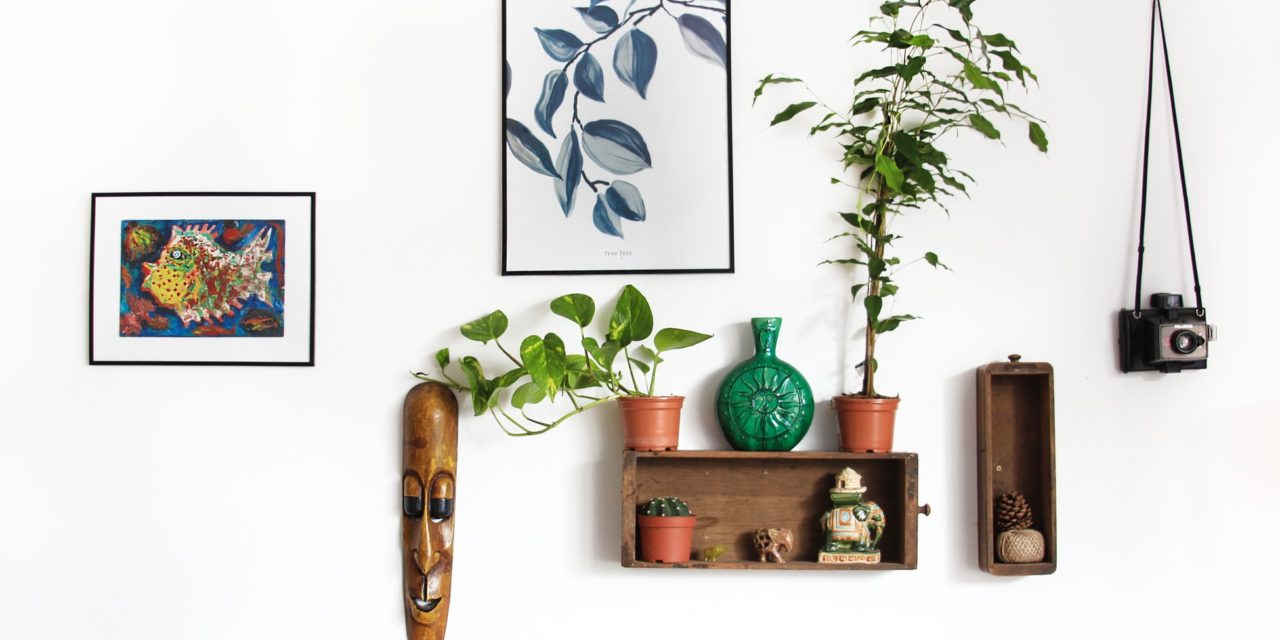[ad_1]
Marble is a beautiful natural material that combines the rich and majestic power of a mountain born substance, with the shimmering perfection of exquisite polishing. The result is a substance which is so impressive that it has been the first choice for architects and artists, princes and kings, when creating works of stylish design.
Today marble can be found in a variety of places, from floors and counter tops, to smaller home décor items, and functional accessories. However this stunning natural material always shares a unique set of properties, which includes both benefits and drawbacks. Most important of all, there are some fairly specific instructions for the maintenance of marble which, if not followed properly, can result in your possessions being ruined beyond repair.
First you should understand that the draw of marble comes from the fact that it can take an extremely high level of polish. Most rocks when polished will get smooth, but they lack the ability of knitting the surface together so tightly that they actually start to shine. When marble is polished however, it changes in a very specific way, its face almost taking on the feel of smooth glass, which shimmers and reflects in the sun.
However this elegant polished demeanor comes at a price. A single scratch can mar the surface of the stone, ruining its shimmering perfection almost beyond repair. While it is a type of natural stone, marble is actually relatively soft, which makes scratching, as well as chipping, a constant problem.
Another potential problem with marble is that it is a solid base, in an acid base relationship. Whenever an acidic substance comes in contact with the stone, it will cause a reaction to occur in the chemical properties of the material. The result of this is that the marble will discolor, staining permanently.
In order to maintain the beauty and appeal of your marble installations and accessories it is important to understand the inherent properties of the material. You should strive to protect it from scratches, chips, and other overt damage, while also being certain to use non acidic soaps when cleaning it, and to wipe up and thoroughly clean any acidic foods or spills which may happen upon its surface.


